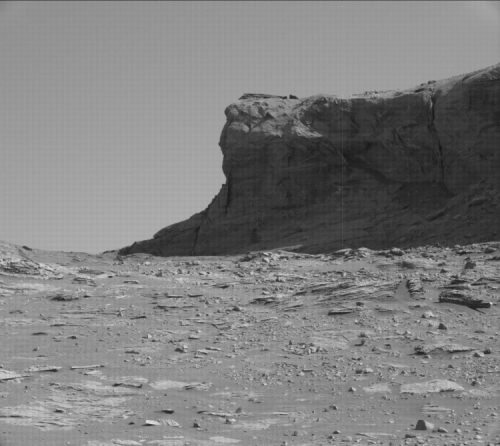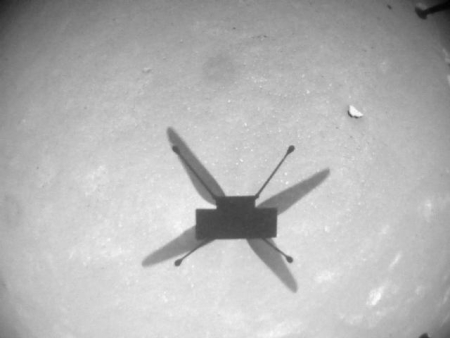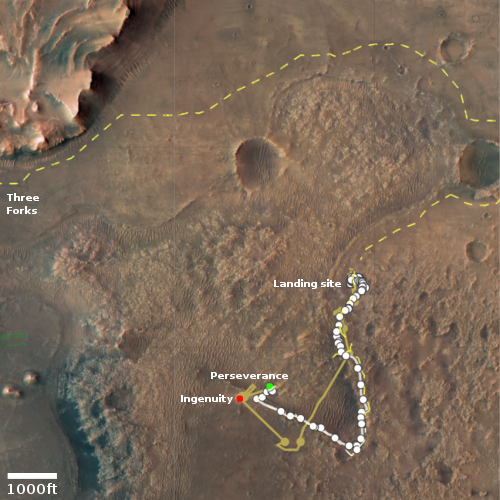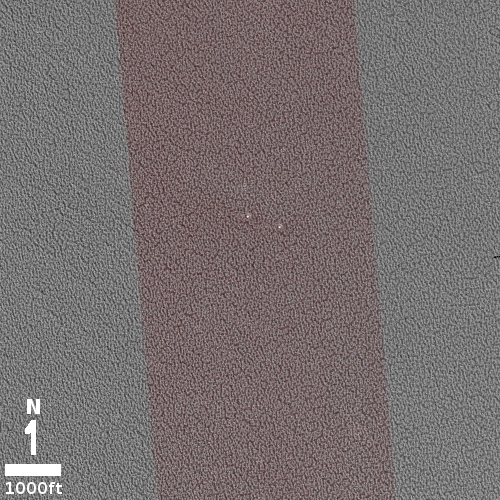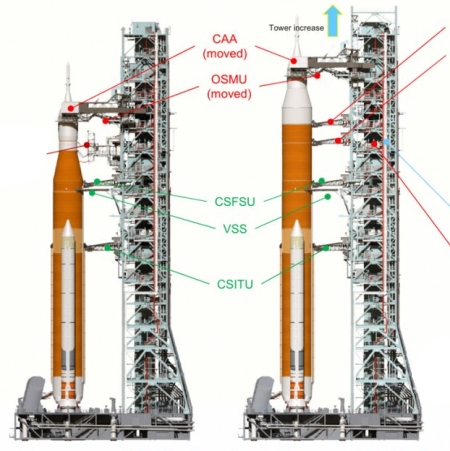Spinlaunch conducts first prototype test launch
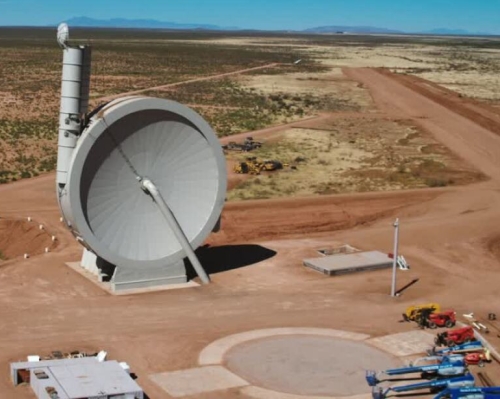
Capitalism in space: Spinlaunch on October 22, 2021 successfully completed the first launch of a prototype using its radical spin technology that spins the payload to high speeds and then releases it upward.
On October 22, the company completed its first test flight at its Spaceport America base in New Mexico, successfully launching a prototype vehicle from its Suborbital Accelerator which reached supersonic speeds and was recovered for reuse thereafter. It plans to conduct further test flights across 2022 with different vehicles and at different launch velocities, as it plans for its first customer launches in late 2024.
In the photo to the right, note the vehicles and cherry-pickers in the lower right corner. They provide some scale. There is also a video showing this test flight on the company’s webpage. Lots of music, few details, but the video does show the prototype rocket-shaped payload rising upward after release.
If this technology becomes viable, it offers the possibility of an incredibly cheap method for putting bulk payloads into space, such as water, fuel, and other resources that will not be harmed by the initial high accelerations.

Capitalism in space: Spinlaunch on October 22, 2021 successfully completed the first launch of a prototype using its radical spin technology that spins the payload to high speeds and then releases it upward.
On October 22, the company completed its first test flight at its Spaceport America base in New Mexico, successfully launching a prototype vehicle from its Suborbital Accelerator which reached supersonic speeds and was recovered for reuse thereafter. It plans to conduct further test flights across 2022 with different vehicles and at different launch velocities, as it plans for its first customer launches in late 2024.
In the photo to the right, note the vehicles and cherry-pickers in the lower right corner. They provide some scale. There is also a video showing this test flight on the company’s webpage. Lots of music, few details, but the video does show the prototype rocket-shaped payload rising upward after release.
If this technology becomes viable, it offers the possibility of an incredibly cheap method for putting bulk payloads into space, such as water, fuel, and other resources that will not be harmed by the initial high accelerations.


